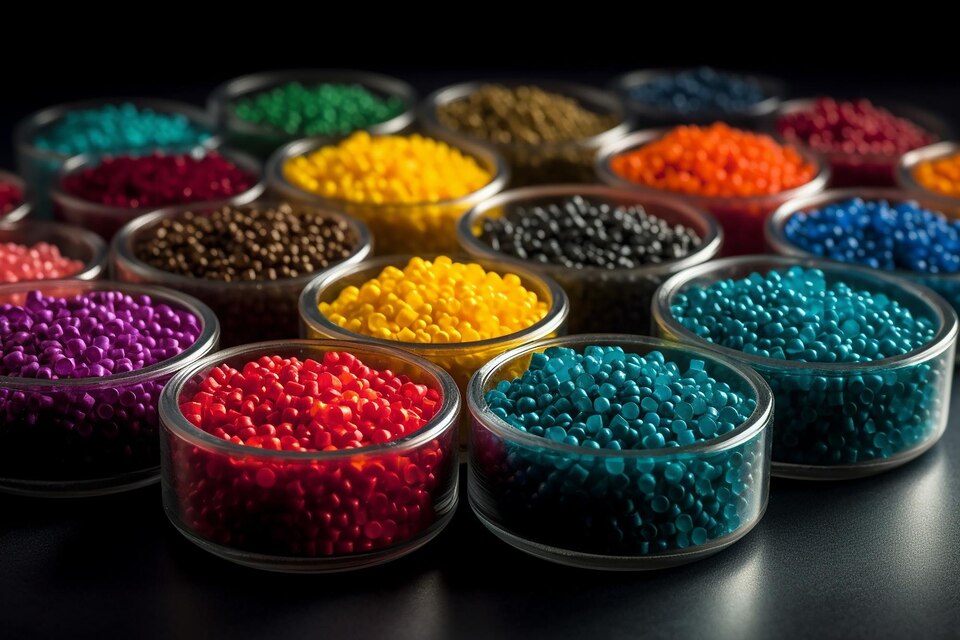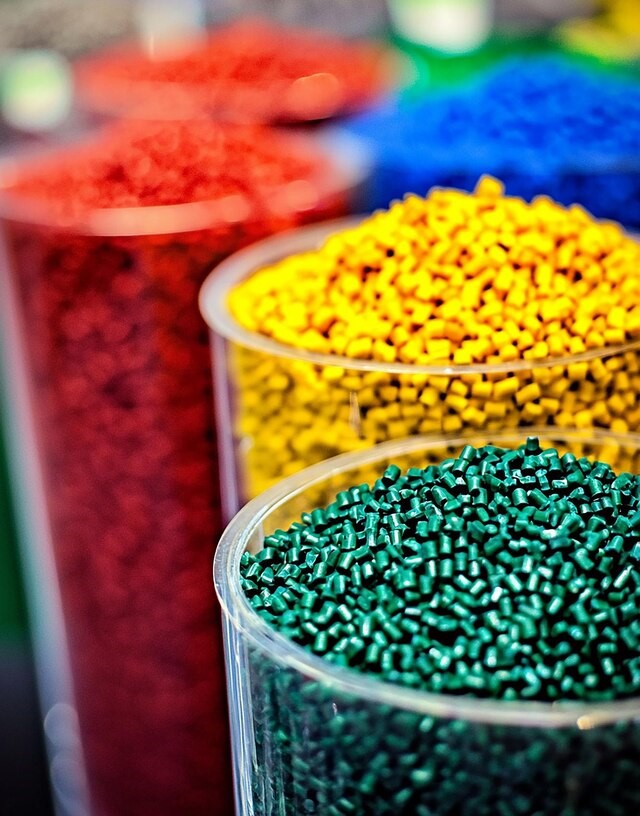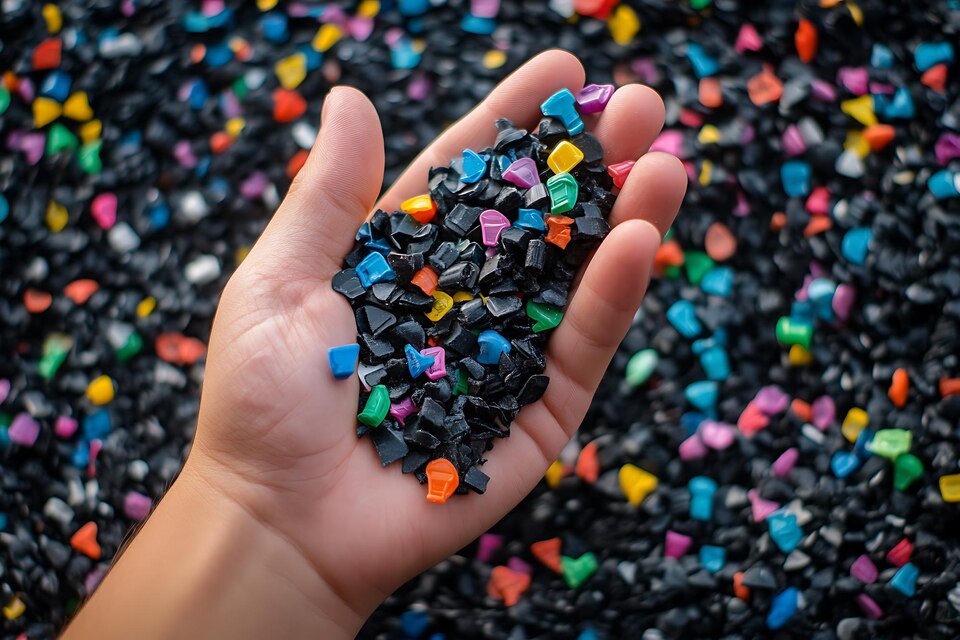SIA filler master batches score high on cost reduction; reduce fibrillation and splitting tendency on tapes under mechanical stress. Impart slip properties, enhance dart. drop and tear resistance, improve printability, barrier properties, dimensional stability, rigidity, impact strength and increase output.
There are various grades based on the processing method like Raffia, Blown Film, Non Woven, Blow molding and others. We have an entire range of Calcium Carbonate Master Batches suitable for every customer’s requirements. All these products are tried, tested and very much approved by our valued customer present globally













